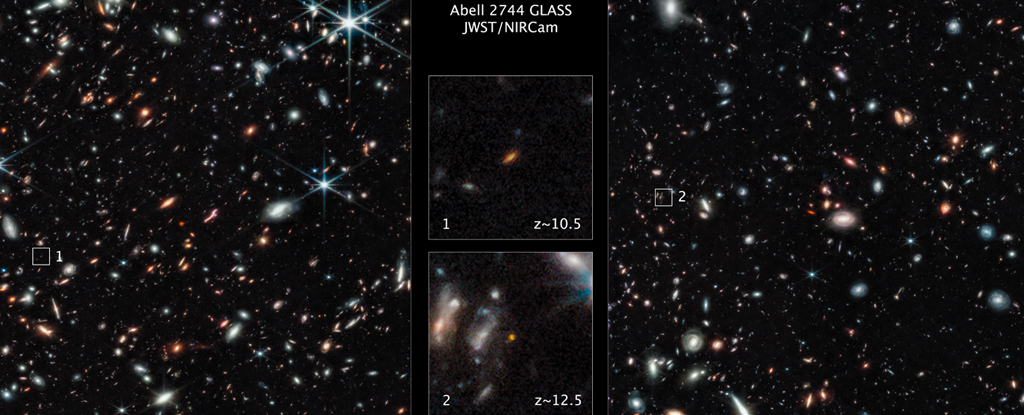SYFY
The time between the first powered flight and Apollo 11 landing on the Moon was less than a human lifetime. Since then, we’ve put remote controlled cars on Mars and shot spacecraft into interstellar space. As we prepare to return to the Moon and eventually to Mars, one can’t help but imagine where we’ll be a century from now. If the creators of SYFY’s The Ark (streaming now on Peacock!) are correct, we’ll be setting off for a new world around the star next door, Proxima centauri.
Proxima centauri b might technically be habitable, but it’s so different from the Earth that it would never really feel like home. In fact, that’s likely to be true of most every place we find and visit. With that in mind, if we have to live somewhere weird, we might as well live somewhere glamorously weird. Our suggestion: the exoplanet LTT9779 b, the most reflective world we’ve ever found.
The Shiniest Objects in the Night Sky
How bright something appears to us is a function of two properties: the actual amount of light being emitted or reflected, and its distance. Assuming there isn’t anything between you and an object, there’s a clear relationship between distance, luminosity, and apparent brightness. For those reasons, the Sun always wins the local contest, and the Moon is a close second. It isn’t actually very bright, but it’s pretty big and very close, astronomically speaking.
Putting aside the Sun and the Moon, Venus is the brightest cosmic object in the sky. It appears during certain parts of the year, low on the horizon. It outshines everything else in the sky because it’s relatively close and because its atmosphere is highly reflective, bouncing about 75% of the sunlight that hits it back into space. For comparison, Earth reflects about 30% and the Moon reflects only 3% to 12% of the sunlight that strikes it.
https://www.syfy.com/sites/syfy/files/styles/scale_960_no_scale/public/2023/07/exoplanet.jpg
Exoplanet LTT9779 b orbiting its host star Photo: ESA
Now scientists have identified a world with record-breaking reflectivity, bouncing 80% of its parent star’s light back into space. The planet LTT9779 b is about 262 lightyears from here, basically in the next town over cosmically speaking, and it’s highly reflective thanks to its strange atmospheric composition.



Connect with us on our socials: